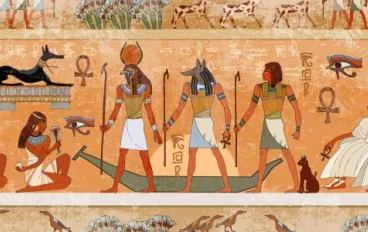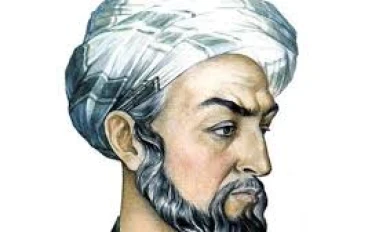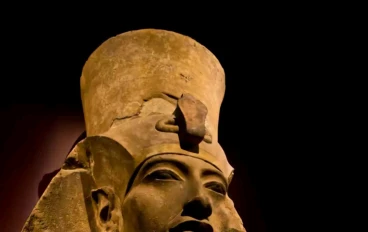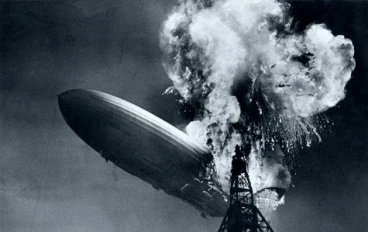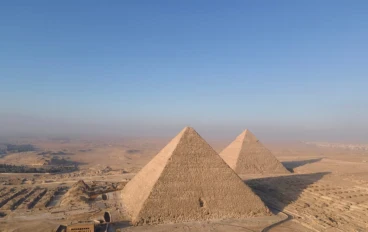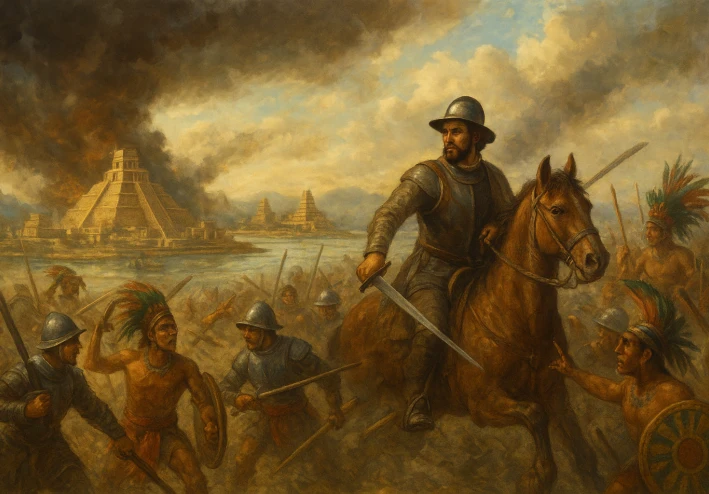
The Fall of the Aztec Empire
The Fall of the Aztec Empire

In the early 16th century, the Aztec Empire stood as one of the most advanced civilizations in the Americas. Its capital, Tenochtitlan, was a breathtaking city built on an island in the middle of Lake Texcoco, connected by causeways and adorned with magnificent temples. The Aztecs thrived through agriculture, trade, and military might, ruling vast territories and demanding tribute from surrounding regions. Yet, this golden age would soon face an unimaginable threat from across the ocean.
The Arrival of the Spaniards
In 1519, Hernán Cortés, a Spanish conquistador, arrived on the shores of present-day Mexico with a small army of soldiers, armed with steel weapons, cannons, and horses—creatures never before seen by the Aztecs. His ambition was clear: conquer new lands, seize immense wealth, and spread Christianity. Hearing rumors of a rich empire inland, Cortés marched toward Tenochtitlan, meeting various indigenous groups along the way.
The Spaniards encountered resistance, but they also found opportunity. Many local tribes despised Aztec domination and heavy tribute demands. Cortés forged alliances, most notably with the Tlaxcalans, turning former enemies into powerful allies. This strategic partnership allowed him to strengthen his forces and secure vital resources.
Moctezuma's Uncertainty
Emperor Moctezuma II ruled the Aztecs during this turbulent time. He was a wise leader but deeply troubled by omens and prophecies suggesting the return of a god. The arrival of strange men with pale skin and powerful weapons left him uncertain. Moctezuma chose diplomacy, inviting Cortés into Tenochtitlan in hopes of avoiding bloodshed. The Spaniards entered the city in awe of its beauty—grand temples, bustling markets, and aqueducts unlike anything in Europe.
However, Cortés had no intention of peaceful coexistence. He captured Moctezuma and held him hostage, using the emperor as a puppet to control the empire. While the Spaniards acted respectful, their ambitions grew bolder as they demanded gold and riches. Tensions simmered beneath the surface, ready to ignite.
The Breaking Point
In 1520, the fragile peace shattered. During a sacred festival, the Spaniards massacred unarmed Aztec nobles and priests, fearing rebellion. Outrage consumed Tenochtitlan, and the people rose against the invaders. The city became a battlefield as warriors fought fiercely to expel the Spaniards. Cortés and his men fled during “La Noche Triste” (The Night of Sorrows), losing hundreds of soldiers as they tried to escape with stolen gold, many drowning in the canals under the weight of their greed.
Despite this setback, Cortés regrouped. He returned with reinforcements and thousands of native allies who sought to destroy Aztec rule forever.
Disease and Defeat
As war raged, a silent killer struck—smallpox. Brought by the Europeans, the disease spread rapidly through the Aztec population, claiming countless lives and weakening their defenses. Even warriors who survived the battles succumbed to illness. With starvation and disease ravaging the city, resistance grew desperate.
The Fall of Tenochtitlan
On August 13, 1521, after a brutal siege lasting months, Tenochtitlan fell. The great city was reduced to rubble, its temples burned, and its canals filled with corpses. Emperor Cuauhtémoc, Moctezuma’s successor, was captured, marking the end of the Aztec Empire. The Spanish built Mexico City on the ruins, beginning centuries of colonial rule.
The fall of the Aztecs was not merely a conquest of swords and guns—it was a collision of worlds, shaped by ambition, betrayal, disease, and fate. It stands as one of history’s most dramatic and tragic turning points, reminding us how fragile even the greatest civilizations can be.































